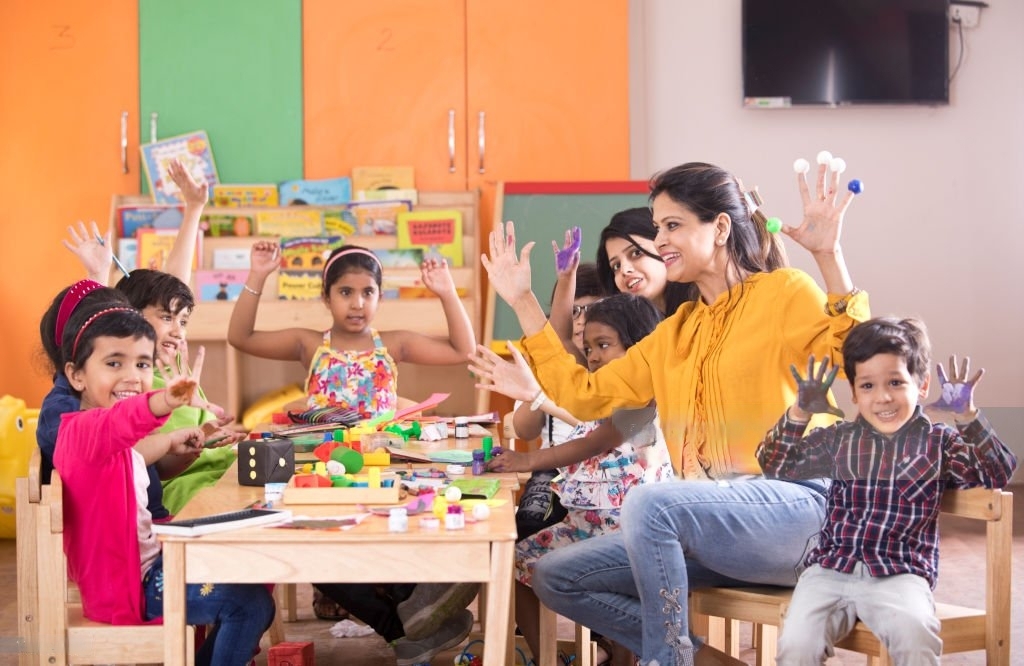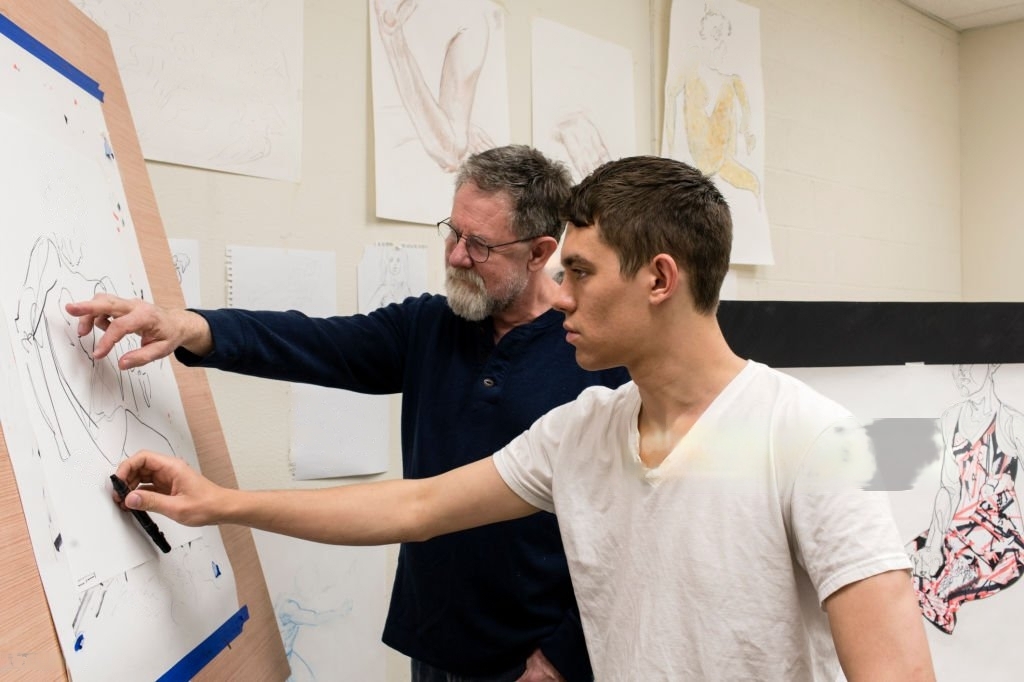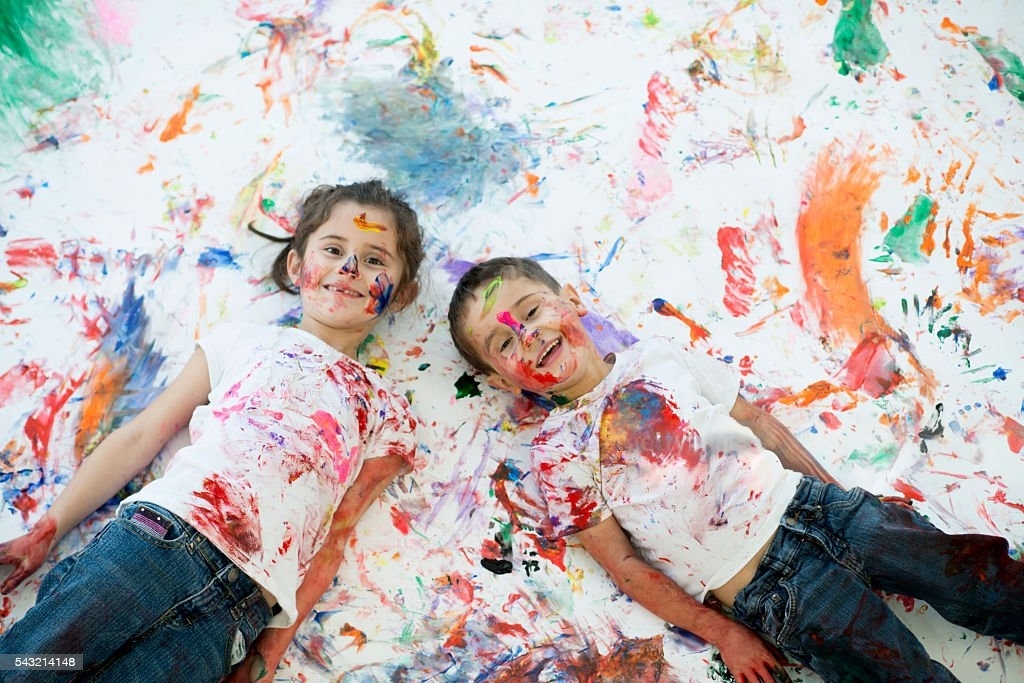Art education holds a significant role in promoting creativity and emotional well-being among students, and art teachers play a crucial part in fostering these aspects. They possess a deep understanding of the therapeutic and creative processes that occur in the art classroom, recognising their inherent similarities. Both processes involve an initial encounter, a destructive stage, and a reconstruction stage. Art teachers provide opportunities for students to engage in encounters, whether through free-choice assignments or teacher-directed projects. They guide students through the transformative destructive stage, where preconceived notions and limitations are broken down, enabling new ideas and perspectives to emerge. Finally, in the reconstruction stage, art teachers foster insight and imagination, facilitating the creation of new forms and ideas. By recognising and navigating these shared processes, art teachers enhance the therapeutic potential of art education.
Empathetic communication plays a pivotal role in the art classroom, as art teachers engage students in conversations about their artwork. Drawing from the practices of art therapists, art teachers ask open-ended questions and avoid imposing adult interpretations, allowing students to explore and develop their creative skills. Through these conversations, students delve into the overt and associative meanings in their artwork, recognising the personal significance of their artistic expressions. Such discussions not only foster a genuine interest in students’ work but also create an environment that values and appreciates art’s therapeutic qualities. By embracing art criticism and cultivating a safe space for dialogue, art teachers further enhance the therapeutic aspects of their lessons, nurturing students’ emotional well-being and fostering their artistic growth.
This article aims to discuss four key ways in which art teachers can integrate therapeutic elements into their lessons, bridging the gap between art therapy and art teaching.
Recognising the Similarities Between the Therapeutic and Creative Processes
Art teachers, through their experience, can recognise the inherent similarities between the therapeutic and creative processes that occur in the art classroom. Both processes involve an initial encounter, a destructive stage, and a reconstruction stage. The encounter stage refers to the initial inspiration or challenge faced by the artist or student. In the art classroom, teachers provide opportunities for students to engage in encounters, whether through free-choice assignments or teacher-directed projects. The destructive stage involves breaking down preconceived notions and limitations, allowing for new ideas and perspectives to emerge. This stage is an essential part of the creative and therapeutic process. Finally, the reconstruction stage focuses on insight and imagination, where new forms and ideas are created. Art teachers, like art therapists, can guide students through these stages, encouraging courage, commitment, and dialogue.

Empathetically Talking with Students about Their Artwork
Art teachers have long been models of how to engage children in discussing their artwork. By asking open-ended questions and avoiding imposing adult interpretations, teachers encourage students to explore and develop their creative skills. Similarly, art therapists use visual dialogue to help clients gain insight into their emotions, motivations, and desires. Art teachers can adopt similar techniques by engaging students in conversations about the overt and associative meanings in their artwork. This approach not only fosters a genuine interest in students’ work but also encourages the recognition that art holds personal significance and deserves attention and appreciation. By embracing art criticism and creating a safe space for dialogue, art teachers can enhance the therapeutic potential of their lessons.
Understanding Aspects of the Expressive Therapies Continuum (ETC)
The Expressive Therapies Continuum (ETC) provides a framework for understanding the psychological effects of different art media. It highlights three categories: fluid versus resistive media, simple versus complex media, and structured versus unstructured media. Fluid materials, such as watercolors and finger-paint, are believed to evoke emotional expression, while resistive materials, like crayons and markers, allow for more cognitive control. Art teachers can consider the psychological impact of media choices when designing art activities. Additionally, they can explore the level of structure and complexity required in assignments based on students’ individual needs. Students with special needs may benefit from a more structured approach, while those with higher cognitive abilities may thrive when given the opportunity to direct their own learning. By understanding the ETC, art teachers can select materials and activities that align with students’ therapeutic and developmental needs.

Working in Collaboration with Faculty and Staff Members
Collaboration among various educational professionals is crucial for addressing the diverse needs of students. Art teachers, with their unique access to students’ nonverbal communications, can serve as key contributors to interdisciplinary teams. By alerting Counsellors, teachers, or parents to verbal or graphic expressions that raise concerns, art teachers can play a vital role in identifying potential issues and initiating necessary interventions. Furthermore, by developing art activities that align with specific issues identified by counsellors or psychologists, art teachers can provide a safe and socially acceptable outlet for students to express their needs, concerns, hopes, and fantasies. Understanding the ethical standards and policies regarding confidentiality is essential when collaborating with other professionals.
Conclusion
Art teachers have the potential to enhance the therapeutic aspects of art education by recognising the similarities between the therapeutic and creative processes, engaging in empathetic conversations about students’ artwork, understanding the Expressive Therapies Continuum (ETC), and collaborating with other faculty and staff members. By integrating these approaches, art teachers can create a more inclusive and supportive learning environment, where students’ emotional well-being and artistic expression are nurtured. Bridging the gap between art therapy and art teaching offers an opportunity for holistic growth and development among students, benefiting their overall educational experience.

Contributor





